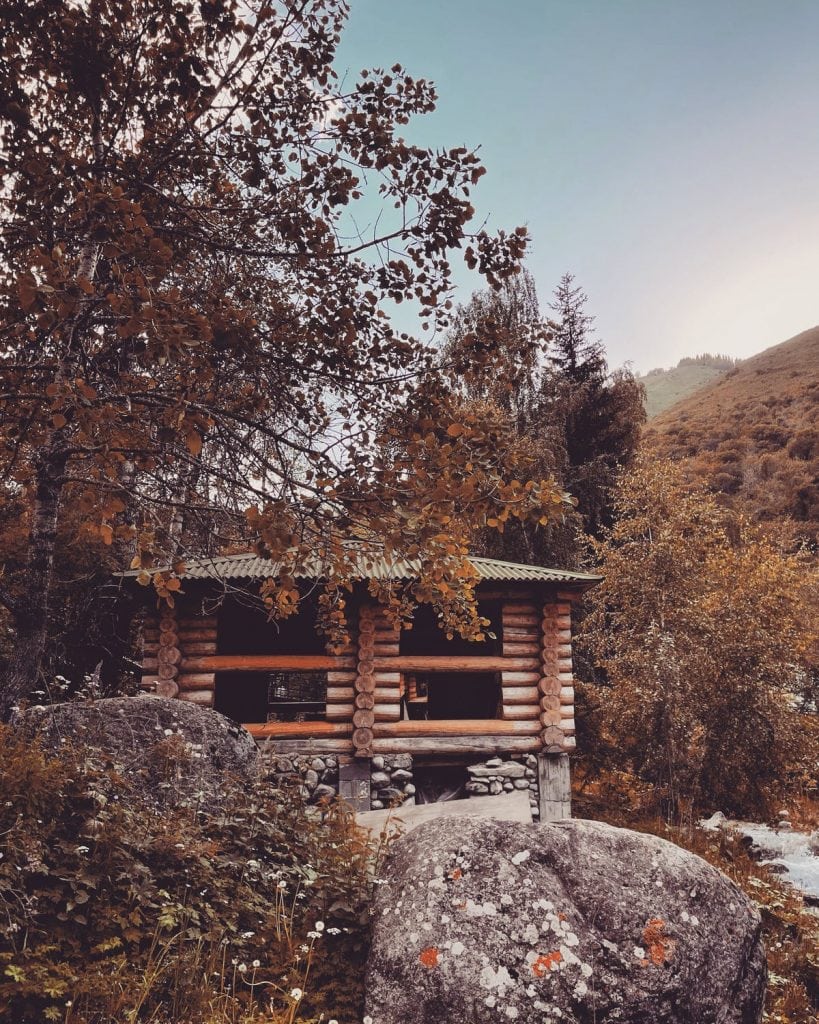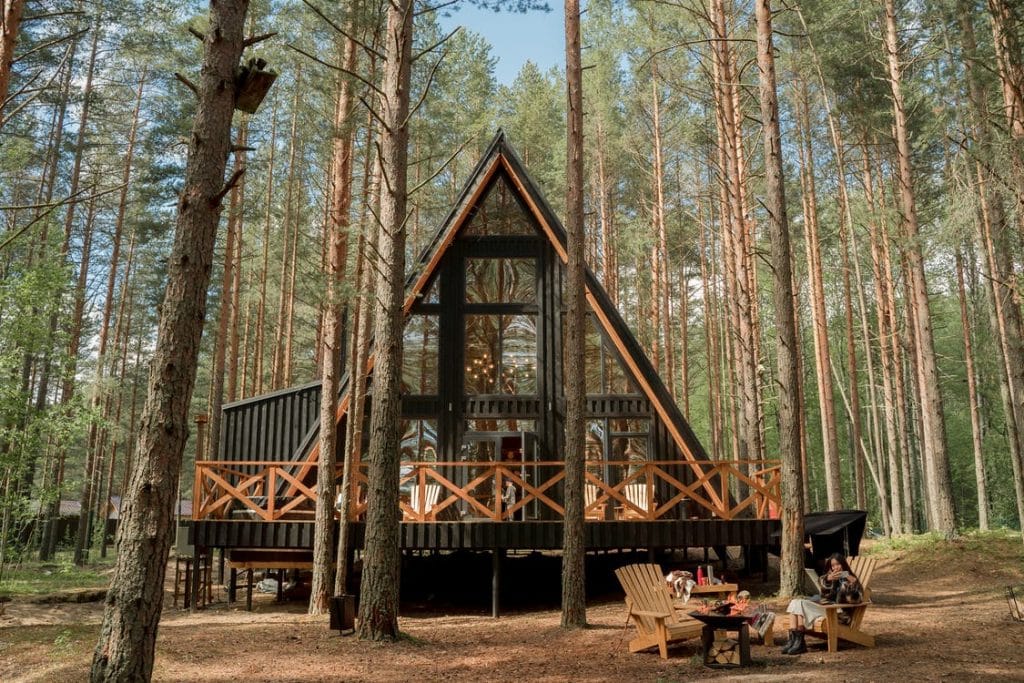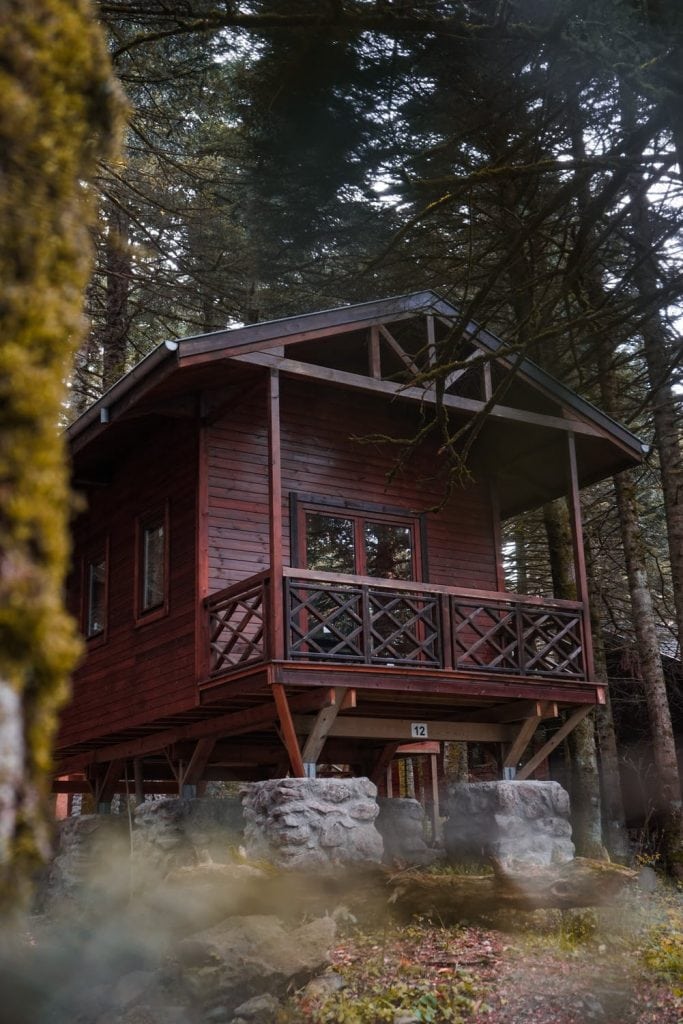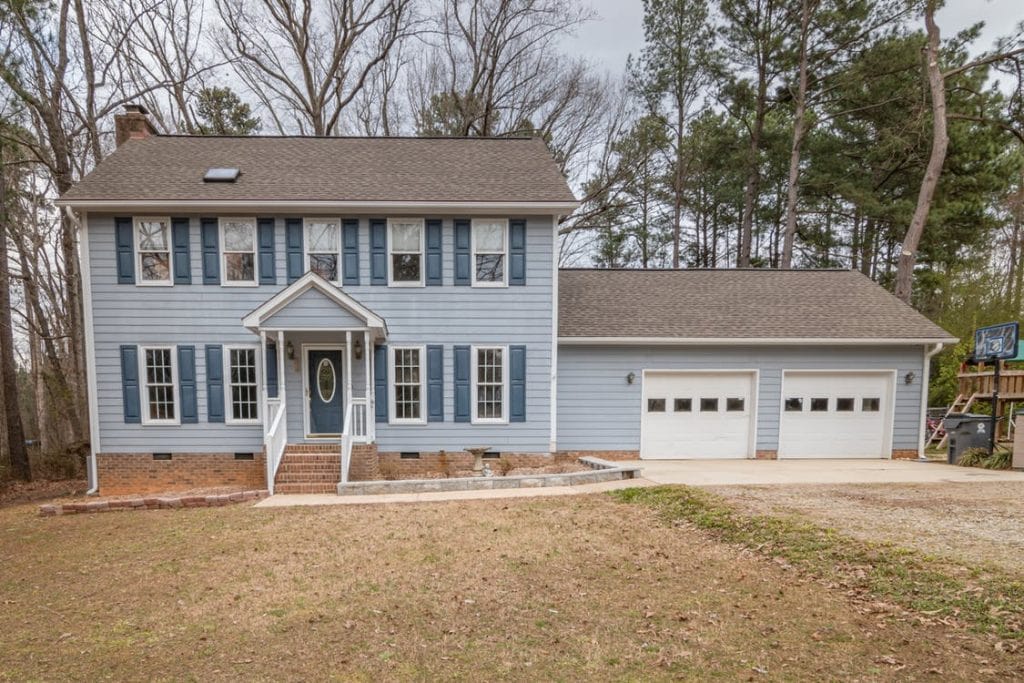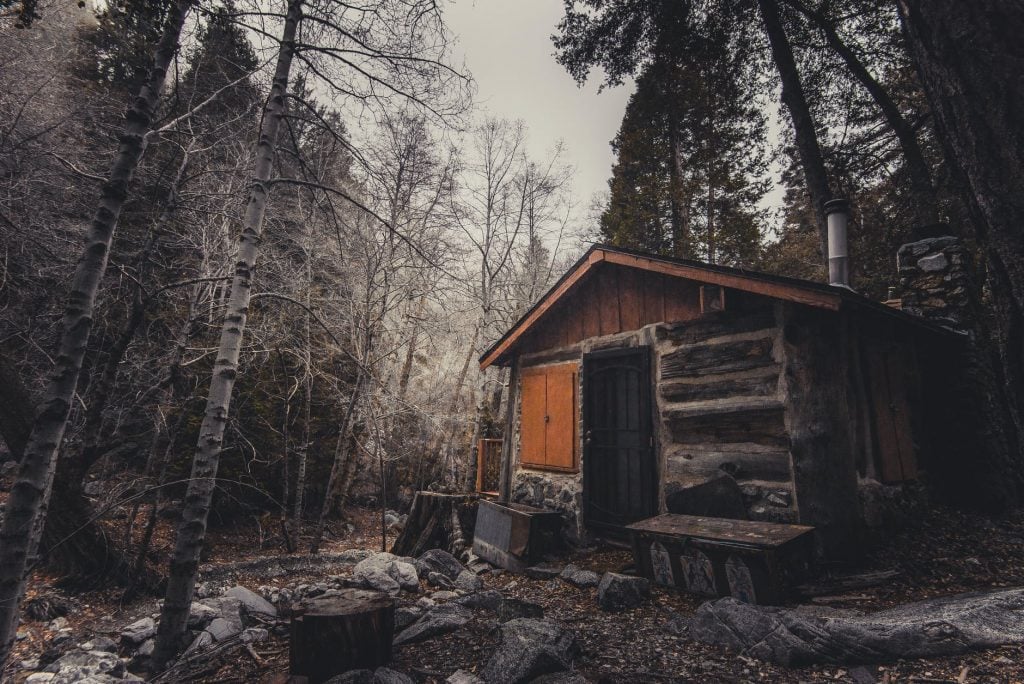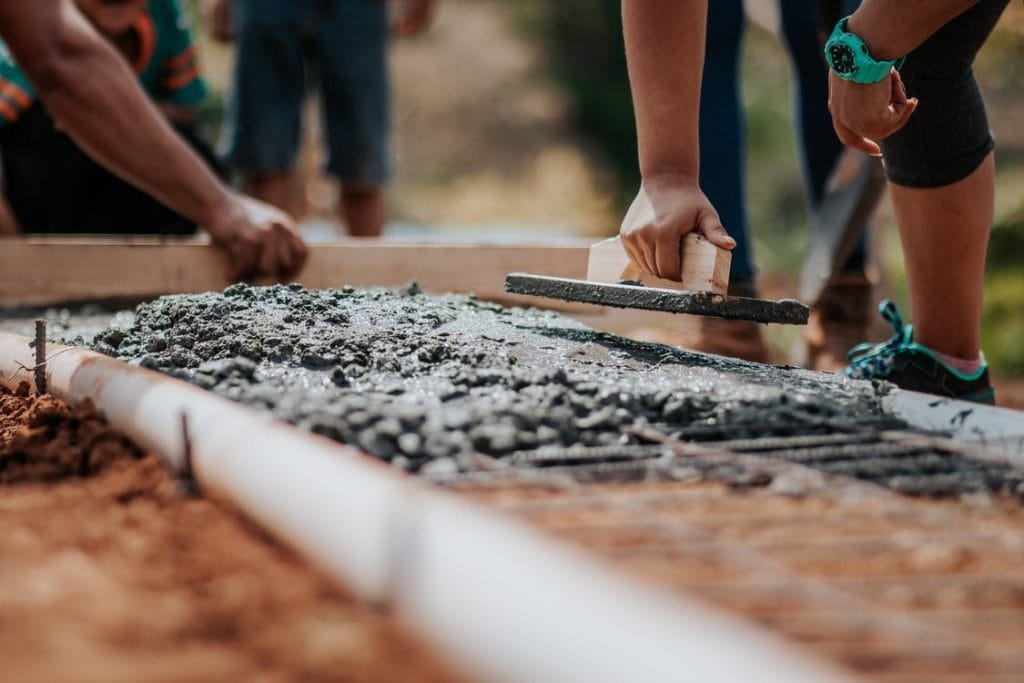Have you heard your floor squeaking lately? Or perhaps you have noticed some cracks in your wall and distortions in your door frames. These are just some of the signs that your home already needs reblocking or restumping. This process involves extracting the existing stumps and replacing them with new ones. All of these are complicated tasks because you will have to jack up the area around the faulty stumps and securely lower the floor support back onto the new stumps. With this, you need the assistance of restumping specialists.
Restumping or reblocking is no easy task. It is crucial that you hire the services of specialists to make sure that the job will be done properly. And since the structural integrity of your home greatly relies on this process, you have to choose the right restumping specialists. Otherwise, you will end up with more problems with the foundation and structure of your home, which will cost you more money in the long run. Therefore, you have to be very careful when hiring a team of restumping specialists.
First and foremost, you have to look for a restumping company that you can rely on. You can either utilize the Internet in searching, or you can get recommendations from people you know. You have to make sure that the candidates that you will include in your list have delivered quality services to their past clients.
When searching for the right restumping specialists, it is highly recommended that you take a look at more than one group. This way, you can compare their services and select the best one that can provide you with the quality of service that you need. As much as possible, request a quote from each of the restumping companies that you will find so you will have an idea of how much the project would cost you.
Factors You Should Remember When Picking Your Restumping Expert
If you have detected some squeaky sounds whenever you walk around, or if there are noticeable cracks on your walls, you may need to seek restumping service sooner than later. This procedure involves removing the existing stumps and installing new ones to secure your house. This task is very complex, and if an expert does not handle it, you could incur significant property losses and injuries. But once you choose to work with the best service provider in your area, you won't worry about your structure's stability even if your house faces constant rising water issues whenever it rains. But how can you find the right restumping specialist in your area? The following tips will come in handy.
Reputation
Service providers usually don't build their reputation in a day. So as you search for a professional restumping, be sure to consider their reputation. You can either talk to people you know, especially if they recently restumped their houses, or read online reviews and customer testimonials. If this isn't satisfactory, consider doing a background check on the different companies on your list. Once you meet with their representative, be sure to ask for a comprehensive list of references. You can contact the customers and confirm if they were satisfied with the service and if they can hire them again.
Technology
The technology in the construction sector keeps changing rapidly to offer property owners more value. As you select a restumping company, it is vital to ask about their technology. What techniques do they use, and do they have up-to-date equipment for the job? Are their workers trained regularly to keep up with the changes? The truth is that your project's success will be determined a lot by the technology your restumping uses. The more advanced their techniques and equipment are, the better.
Price
Another factor you cannot disregard as you search for a restumping specialist is the costs. So, once you confirm that a company is reputable and uses the latest technologies, ask for a quotation—three quotations from different companies will be better. The experts will ask you to visit the site to assess the job so you can get realistic cost estimates.
Once you get the quotations, be sure to make a comparison. You also have to consider other additional factors like reputation, qualifications, staff expertise, technology, service warranty and insurance. Opt for a company that offers value for your money.
What is the process of house restumping?
The restumping house process starts by inspecting the house stumps and determining the areas that need to be replaced, treated or reset. Upon determining the problematic areas, you need to choose the materials you prefer to choose and hire the right builder for the job.
Once everything is ready and well-planned, the following process will be done accordingly:
Step 1: Clearing the working area. This process includes the removal of floorboards, plinth boards, damaged joists and bearers, and rubbish.
Step 2: Installation of jacks to make the house safe for both the builders and homeowners.
Step 3: Removal of the damaged stumps
Step 4: Digging a hole where the previous stumps are installed.
Step 5: The second inspection will take place.
Step 6: Placement of the new stumps.
Step 7: Securing the new stumps on the hole. Note: Builders will leave the jacks installed in the new house while the new stumps are getting settled.
After all the work has been done, the builder will come back 2 to 3 days later to check the status of the new stumps. Once the new stumps are settled, they will then remove all the jacks and re-install the floorboards or plinth boards.
When to Restump and What to Look For
Restumping is a precise process and one that should not be subject to cutting corners or taking shortcuts. Stumps are a significant part of a building's foundation that you'll want to have last a long time. If you're thinking that your house may need restumping, here are some signs you may be right.
Sinking Stumps
Over time, the soil around stumps tends to expand and retract due to water, soil moisture levels, and decaying stumps, just to name a few. Considering the soil under the house is mostly protected from the weather, its moisture level tends to remain stable. Exterior stumps, on the other hand, take the brunt of whatever mother nature throws at them, which may result in the rising or sinking of stumps.
The first signs of sinking stumps are sloping floors, cracks in interior and exterior walls and doors and windows not operating as they should. Poorly directed rain run-off and drainage, leaking plumbing, termites, poorly installed stumps and wear and tear can all contribute to the sinking of stumps. Over time, these problems compound and can set a chain reaction and may cause excessive damage inside and outside the house.
Not Using Steel Stumps
Steel is by far the most versatile product whilst restumping, superior to concrete and timber. Steel stumps also have the ability to support steel beams securely and are often used in renovations. This is also particularly important when renovating bathrooms and kitchens that use more heavy materials such as marble, stone benchtops, island benches and heavy bathtubs traditionally.
No History of Professional Inspections
It is important to inspect house stumps on a regular basis in order to prevent the problem from becoming much larger and more costly in the long run.
While it can be tempting to replace stumps on a stump by stump basis, it is highly recommended to employ a professional restumping company to inspect your dwelling to produce a report on an appropriate plan to stabilize the dwelling foundations.
Not Understanding Site Grading
This is an important factor in what depth the foundations of your home require. Understanding this is a major factor in the restumping process and another good reason to always involve a professional.
- Class A: Mostly sand and rock sits with little or no ground movement expected
- Class S: Slightly reactive clay site and slight ground movement
- Class M: Moderately reactive clay or silt sites experiencing moderate ground movement
- Class H: Highly reactive clay
- Class E: An extremely reactive clay
- Class P: A problem site may include soft soils varying in depths of fill, landslides and collapsing soils
Soil types M, H and E, may also have an added classification of D. This indicates deep seasonal moisture variation, which can mean significant expansion and contraction.
- Class M-D may move up to 40mm
- Class H-D may move between 40 & 70mm
- Class E-D can move more than 70mm (up to 250mm has been found in some cases)
Frequently Asked Questions
Unless your property is built on a concrete slab, most houses need restumping at some stage. Older houses are built on timber stumps, which can last anywhere from 15 to 80 years, depending on a variety of factors.
The best course of action is to call a restumping professional rather than DIY restumping a house yourself. This is very important, as if this is not done correctly, you may be compromising the structural integrity of your home as well as the safety of your family.
Not restumping your home will have major, long-term effects. Deteriorated stumps can move and warp your home, which will eventually cause damage that will need to be repaired.
Usually, houses need restumping due to age, termite damage, or soil movement. In those cases, it's unlikely your home insurance will cover the cost. However, if the stumps have been damaged by an insured event – for example, a pipe burst and caused significant water damage – you might be covered for restumping costs.
The first signs that a home could have rotten or sinking stumps usually appear in unexpected areas such as the doors and windows not operating correctly or cracking to the wall and ceiling linings. Cracks in the wall-There may be cracks you see on the wall can be indicative of “sinking” stumps in one area of your home.
How can I prevent subsidence?
Subsidence can be caused by many factors, from the type of soil on a patch of land to the prevailing weather conditions, while underground activity such as mining could also make certain locations quite vulnerable. This can be a huge problem for homeowners since it can lead to costly repair work and potentially make it difficult to sell a property in the future. So what can you do to either mitigate the impact of or even prevent subsidence?
Keep an eye out for cracks.
Being vigilant is the best way to stop small issues from becoming a major crisis, so if you see a crack in a wall or have trouble with doors getting jammed, don't ignore it. While subsidence is not the only possible cause of cracks in the wall, it doesn't hurt either way to address the issue immediately.
Make sure home improvements follow building regulations.
With many of us choosing to upgrade our existing homes rather than move house, it's vital that any major works are carried out to the correct standards. This means that if you're having an extension or a conservatory built, they need to have adequate foundations. Cutting corners in this area might just make a home more vulnerable to subsidence, so it certainly pays, in the long run, to get a job done properly.
Pick trees carefully
Trees might not be regarded as a vitally important feature of a home, but remember, their roots go under the surface and are designed to extract moisture from the ground. This means that if you're concerned about trying to prevent subsidence, it could be a good idea to avoid planting trees that require particularly large amounts of moisture.
This could be vital if your house is sited on a clay soil deposit, as this type of soil is highly porous and can contract when it gets dry. As a result, it might crack in prolonged periods of high temperatures – such as a summer heatwave – when ground moisture will be scarce, and most of it will be collected by thirsty trees.
Find out what type of soil you live on, choose your plants with the worst-case scenario of serious subsidence in mind and plant them a reasonable distance away from the building. But remember that your plants might have an adverse effect on neighbouring properties if an area is particularly vulnerable to subsidence, so be considerate.
Call in a professional to cut down trees.
If you want to get rid of a large tree in your garden, you might be tempted to get out your tools and chop them down yourself. However, the removal of a tree will create extra moisture in the ground, which means the soil is likely to shift.
This may, in turn, affect the structural integrity of your home and cause cracks to appear in the building, so if you want to cut down a tree, get an expert in.
These are by no means guaranteed ways to prevent subsidence, but they are a few useful precautions to take that should hopefully make your home far less vulnerable.
